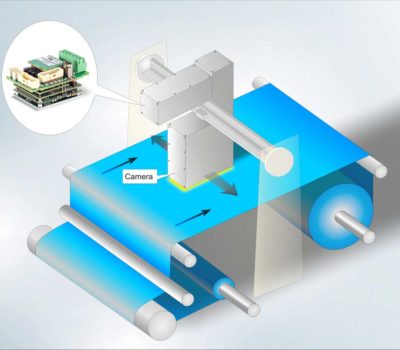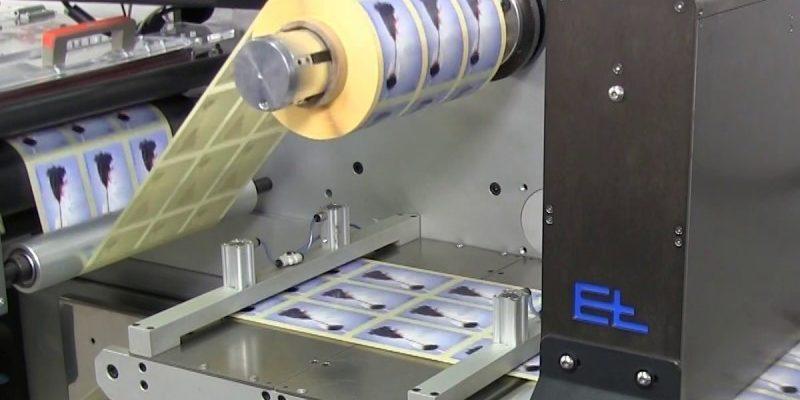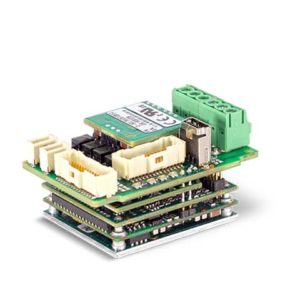The printing industry has developed sophisticated mechanisms to automate the various print processes, including process and quality controls that find defects before print, reducing costly wastage of time and material.
Advanced Vision Technology (AVT) is a leader in sophisticated machine-vision technologies that inspect printed substrates for both random and process flaws. The company’s PrintVision line automatically detects and analyzes defects as part of the printing process, saving valuable time and materials.

Read this case study to learn about:
- How a tiny servo drive can power a high-resolution, moving optical head
- How the small size of the drive allows to install it anywhere on the machine
Machine Requirements
The vision mechanism in AVT’s PrintVision systems is a high-resolution process control camera mounted on the printing press apparatus. The optical head in the inspection unit scans each millimeter of the printed material. When a defect is detected, the image of the printed area is frozen on a monitor in the control workstation and an alarm is activated. The defect is marked and classified immediately. At the same time, the inspector/operator is alerted by beeper so that the problem can be analyzed and fixed before a large amount of material is wasted.
The high-resolution optical head in the inspection unit had to be flexible enough to operate with the highest accuracy, even when the printing press was operating at fast speed. Therefore, AVT needed a highly responsive drive to control the head position, and it had to be small enough – in both weight and size – to be mounted in the head without hindering its motion.
Motion Control Solution
- Gold Solo Twitter servo drive
To meet the demanding requirements of the PrintVision system, AVT installed Elmo’s compact Gold Solo Twitter digital servo drive in the optical inspection head to control the position of the camera. In this application, the Gold Solo Twitter operates in position mode with RS-232 serial communication. The drive’s small size and weight, as well as its programmability (for internal scripts and homing) were the critical factors in the effectiveness of this solution.
Once the Gold Solo Twitter was installed and operating in the AVT machine, the Elmo team suggested implementing a EtherCat network environment to further enhance the flexibility of the application and extend the drive’s programming capabilities, while reducing the complexity of the entire machine.
Gold Solo Twitter
Servo Drive, Up to 80A/80V, 70A/100V, 30A/200V
Results
The Elmo Gold Solo Twitter digital drive provided the ideal solution for the high-resolution, moving optical head in the print inspection mechanism. Easily mounted and powerful in terms of its programming capabilities, the drive can fully handle the inspection camera’s position control. Furthermore, because the Gold Solo Twitter could be installed in the moving head, the machine size and cabling were streamlined.
For More Information


